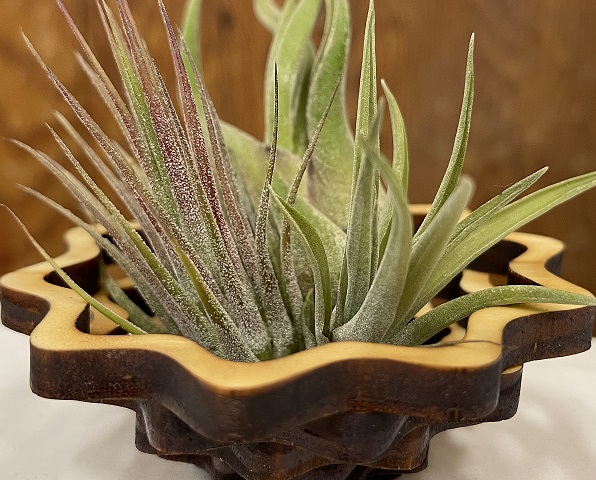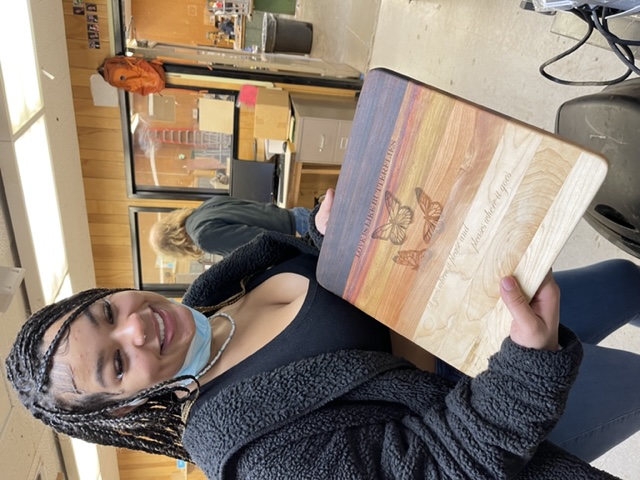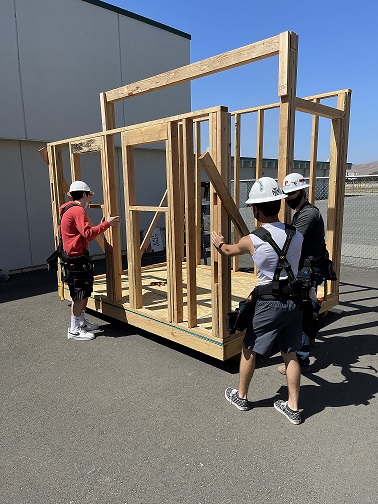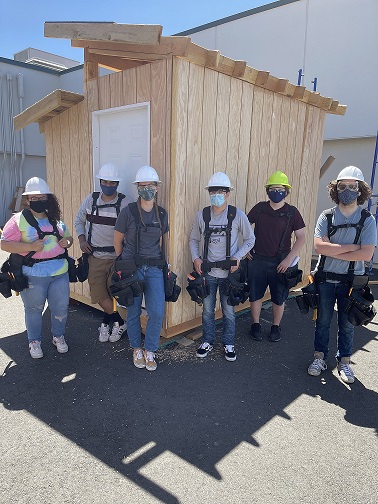AboutAlison Krauss is an American bluegrass-country singer and fiddler.[1] She has released 16 studio albums—seven with the band Union Station and nine without them: Different Strokes (1985), Too Late to Cry (1987), Two Highways (1989), I've Got That Old Feeling (1991), Every Time You Say Goodbye (1992), I Know Who Holds Tomorrow (1994), So Long So Wrong (1997), Forget About It (1999), New Favorite (2001), Lonely Runs Both Ways (2004), and Raising Sand (2007). Krauss has released five compilation albums—Now That I've Found You: A Collection (1995), Live (2002), Home on the Highways: Band Picked Favorites (2005), A Hundred Miles or More: A Collection (2007), and Essential Alison Krauss (2009)—and made other notable recordings such as the single "Whiskey Lullaby" with Brad Paisley and her several songs on the O Brother, Where Art Thou? soundtrack.
The albums Now That I've Found You and Live were certified double platinum by the Recording Industry Association of America; Forget About It and Raising Sand were certified platinum; and So Long So Wrong, New Favorite, Lonely Runs Both Ways, and the single Whiskey Lullaby were certified gold.[2][3] Krauss has won 27[4] Grammy Awards, the most by a female artist and third most by any artist as of 2019.[5] She has also won 14 International Bluegrass Music Association Awards,[6] nine Country Music Association Awards,[7][8] two Gospel Music Association Awards,[9] two CMT Music Awards,[10][11][12] two Academy of Country Music Awards,[13] and one Canadian Country Music Award.[14] Country Music Television ranked Krauss 12th on their "40 Greatest Women of Country Music" list in 2002.[15] The National Academy of Recording Arts and Sciences presented her with a special musical achievement honor in 2005.[16] Overall, Krauss has received 59 awards from 105 nominations.











